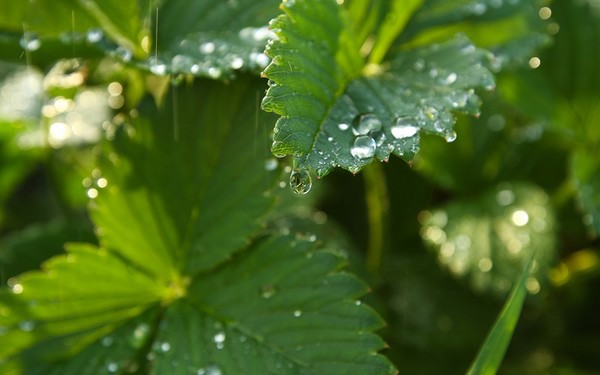Botrytis, a fungus that attacks plants when humidity is too high, causing fuzzy gray/brown-looking spots on buds and flowers, is one of the very common issues that emerge as humidity levels in the greenhouse increase. Treating botrytis is a costly chemical affair. By preventing it, you eliminate treatment expenses.
Preventing botrytis
DGT has a new system to adjust the humidity conditions in your greenhouse: the LCC4 climate control. With the correct settings, you can help prevent common issues, including the dangerous botrytis. Botrytis thrives in high relative humidity, which is why the LCC4 built-in botrytis program quickly dries out the chosen compartment in a selected time interval during a chosen time of the day, thereby harming growth conditions for the fungus.

No chemicals – just climate
The LCC4 Botrytis control function works by asking your LCC4 climate control to quickly dry selected compartments. When humidity levels are high, plants cannot evaporate water in the transpiration process, allowing botrytis to attack the plant’s vulnerable buds and flowers. By adjusting the active climate to include a band with the botrytis function, you prevent having to treat botrytis with chemicals.
Other ways to control humidity
A lack of air circulation also largely affects humidity levels in greenhouses. That is why fans and screens also play a key role when it comes to humidity and climate in general. The air available in the greenhouse must be circulated, exchanged, and evenly distributed. Fans compensate for the temperature in the greenhouse and change the humidity around the micro-climate at the plant.
For more information:
DGT by Senmatic 
dgtsales@senmatic.com
www.senmatic.com
